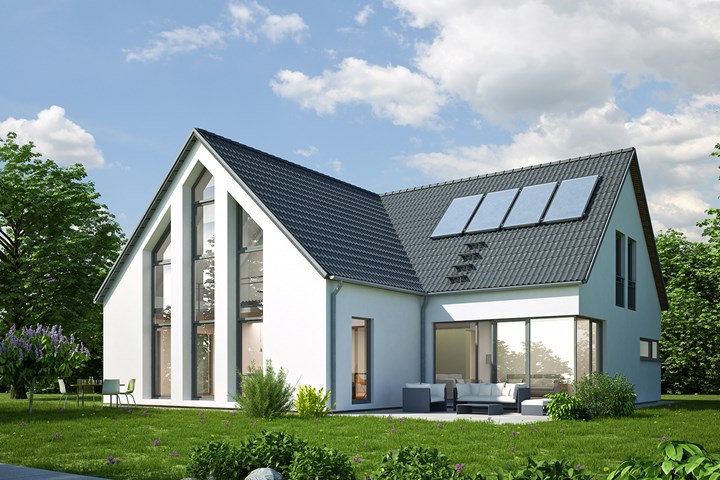Evonik Increases Additive Capacities for Architectural Paints
Evonik's Coating Additives business line is increasing capacities of two additive product groups for architectural paints.
The Tego Phobe and Tego Viscoplus lines are part of Evonik’s additive product lineup for architectural paints. Photo Credit: Evonik
Evonik's Coating Additives business line is increasing capacities of two additive product groups for architectural paints — Tego Phobe hydrophobing agents and Tego Viscoplus polyurethane thickeners.
Hydrophobing agents are primarily used to give facade paints a water-repellent finish. Emulsions based on silicone resins such as Tego Phobe 1659 are characterized by a particularly efficient reduction in water absorption. Polysiloxanes such as Tego Phobe 1409 produce a notable water-beading effect.
The Tego Viscoplus product range includes polyurethane thickeners that cover all relevant customer requirements. The Tego Viscoplus products are liquid and contain no organic solvents. The different products can be easily combined with each other due to their high compatibility, the company says.
“The capacity increase is our response to the increased demand for additives for architectural paints,” says Nadia Lenhardt, head of the decorative coatings market segment in EMEA. “The additional capacity in Europe will not only increase European but also global supply security.”
Related Content
-
Possibilities From Electroplating 3D Printed Plastic Parts
Adding layers of nickel or copper to 3D printed polymer can impart desired properties such as electrical conductivity, EMI shielding, abrasion resistance and improved strength — approaching and even exceeding 3D printed metal, according to RePliForm.
-
Plating Additively Manufactured Plastic Parts
Using electroplating to enhance the structural properties of 3D printed parts.
-
NASF Foundation Research Project #123: Electrochemical Manufacturing for Energy Applications - 10th Quarterly Report
The NASF-AESF Foundation Research Board selected a project on electrodeposition toward developing low-cost and scalable manufacturing processes for hydrogen fuel cells and electrolysis cells for clean transportation and distributed power applications. In this period, we followed our work on 3D printing anode support for solid oxide fuel cells, focusing on the thermal shock properties of 3D printed yttria-stabilized zirconia (YSZ).













